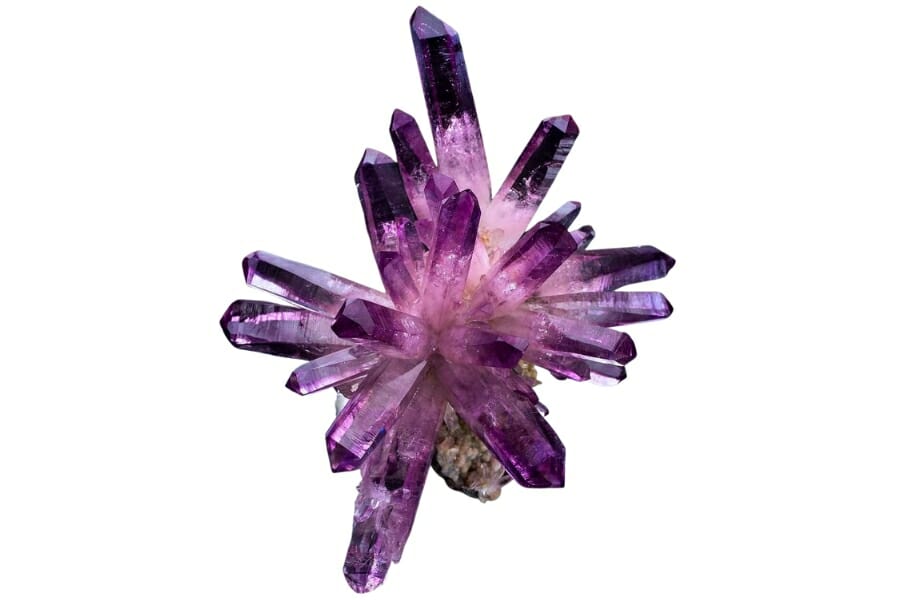Unveiling the Earth's Hidden Treasures: Exploring the Most Common Type of Minerals
3 min read
Minerals are the building blocks of our planet, playing a crucial role in various industries and everyday life. From construction materials to electronics, minerals are essential for human progress. In this blog post, we will delve into the fascinating world of minerals and uncover the most common type found on Earth.
- Silicates: The Dominant Mineral Group
Silicates are the most abundant minerals on Earth, constituting approximately 90% of the Earth's crust. These minerals are composed of silicon and oxygen, forming a tetrahedral structure. Silicates can be further classified into various subgroups, including feldspars, quartz, micas, and pyroxenes.
- Feldspars: These minerals are vital components of igneous rocks and are commonly found in granite. They are widely used in the ceramics and glass industries due to their high melting points and desirable physical properties.
- Quartz: Known for its crystal-clear appearance, quartz is a versatile mineral used in the production of glass, electronics, and even jewelry. It is highly resistant to chemical weathering and can be found in a wide range of geological environments.
- Micas: Micas are characterized by their excellent cleavage and ability to split into thin, flexible sheets. They are commonly used in electrical insulators, paints, and cosmetics. Muscovite and biotite are two well-known types of micas.
- Pyroxenes: These minerals are essential components of many igneous and metamorphic rocks. They have a wide range of colors and are often used as gemstones. Pyroxenes also find applications in the manufacturing of ceramics and refractory materials.
- Carbonates: From Limestone to Marble
Carbonates are another significant group of minerals, primarily composed of carbon, oxygen, and a metal ion. The most common carbonate mineral is calcite, which is the main constituent of limestone and marble.
- Limestone: This sedimentary rock is formed from the accumulation of marine fossils and is widely used in the construction industry. It is an essential ingredient in cement production and serves as a building material for roads, buildings, and sculptures.
- Marble: Through the metamorphism of limestone, marble is created. Its unique veining patterns and smooth texture make it a popular choice for architectural purposes, such as flooring, countertops, and decorative sculptures.
- Oxides: The Powerhouses of Metals
Oxides are minerals that contain oxygen and one or more metallic elements. They play a crucial role in the extraction and refining of metals, as well as in various technological applications.
- Hematite: This iron oxide mineral is a primary source of iron, which is used extensively in the production of steel. Its deep red color and metallic luster make it a sought-after gemstone as well.
- Rutile: As a titanium dioxide mineral, rutile is an essential component in the manufacturing of pigments, ceramics, and even sunscreen. Its high refractive index and resistance to UV radiation make it an ideal choice for these applications.
Conclusion:
Minerals are the backbone of our modern society, and understanding their properties and applications is crucial for various industries. Silicates, carbonates, and oxides represent the most common types of minerals found on Earth, each with its unique characteristics and uses. By exploring the world of minerals, we gain a deeper appreciation for the hidden treasures that shape our planet and our lives.
